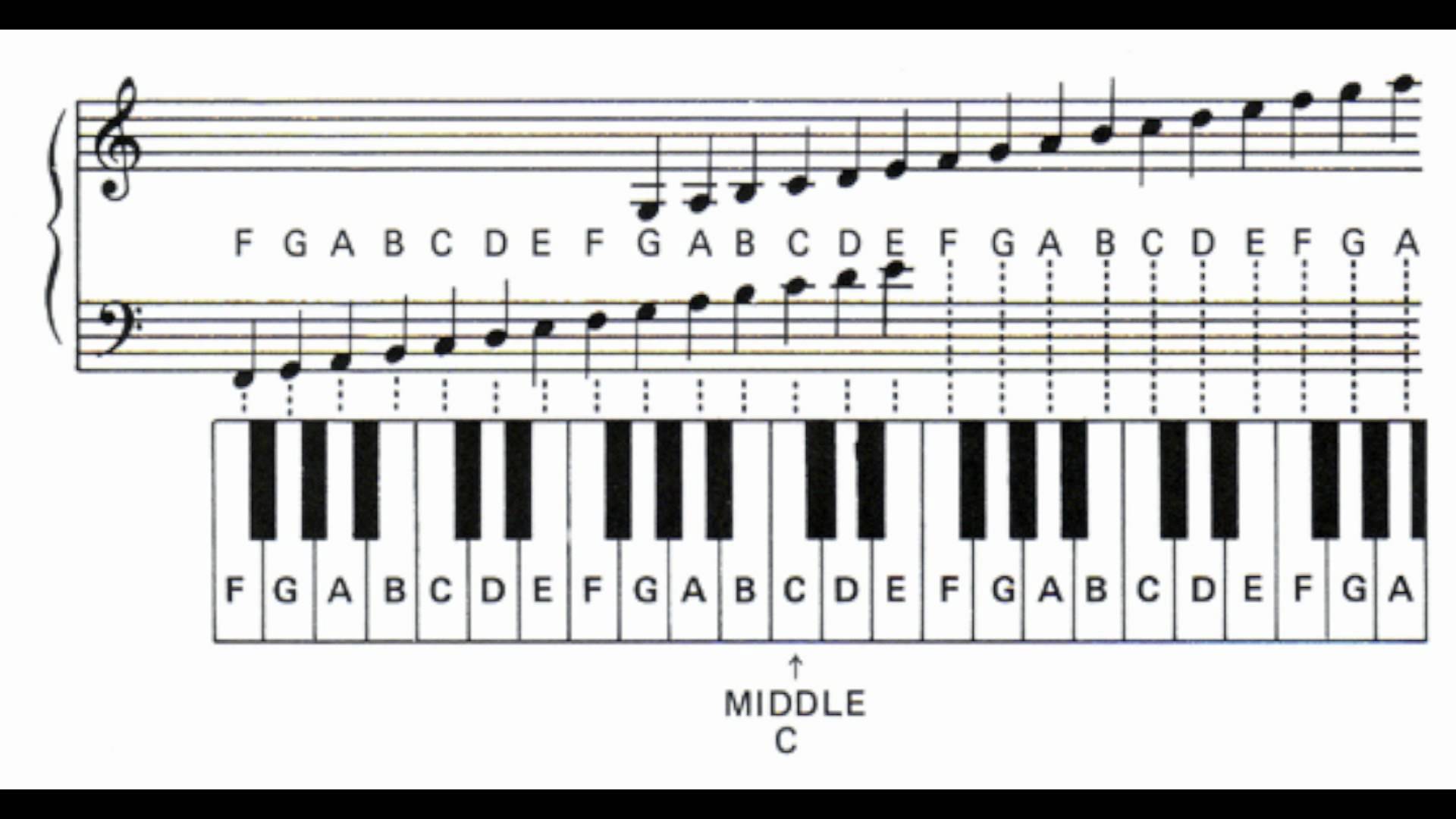

Remember the old adage, "Don't practice until you get it right practice until you can't get it wrong."Ĭreate reference points. Wrong notes, fingering, timing, stumbles, and pauses count as mistakes. Don't consider a chunk of music memorized until you can play it five times through at a slow tempo without making a mistake. Avoid tackling too much information at once, as your brain remembers best when it is presented in small pieces.

Rehearse 2-4 measures at a time at a slow tempo. One of the best ways to improve your sight reading is to learn new music all the time, especially in a variety of key signatures, time signatures, and styles. The faster you can identify chords and intervals by sight, the faster it will be to learn and memorize a piece. Take the time to learn finger exercises, such as Hanon, and etudes that target the technical challenges in the piece. If you are struggling to play the technical difficulties presented in a piece, you will not be able to memorize it effectively. Graham Fitch's helpful techniques in Part 1 and Part 2 of his masterclass are great for memorization as well.

Knowing the right and left hand parts independently will greatly help you when playing hands together, and counting aloud will force you to play at a more consistent speed and will help you realize where errors lie. Practice hands separately and count aloud. Ideally, you should be able to play a memorized piece at any tempo: slow, medium, or fast. Going at a slow tempo is crucial to mastering the correct notes, fingering, and dynamics of the piece, and gives your brain time to process the new information. Here are some ones specific to memorization, so be sure to incorporate them into your routine. Memorizing a piano piece starts with good practice habits. Turn off your cell phone and keep your practice area quiet and peaceful. Memorization will be difficult unless you are focusing intently on the music. The more you understand the construction of the piece, the easier it will be to learn it. Watch tutorials or read tips for playing that particular song. Analyze the key and time signatures and any key changes, notate accidentals, mark chord progressions, and familiarize yourself with the song structure (such as AABBCCA, like in ragtime). Learning the history of the composer and of the piece itself will bring more meaning and help you be more interested in learning it.ĭissect the piece. It also eliminates the need for page turns, and requires the pianist to be well acquainted with the sound and feel of the piece. There are several good reasons for this, including the fact that it helps the pianist focus on expression rather than on reading the score, creating a more polished performance.


 0 kommentar(er)
0 kommentar(er)
